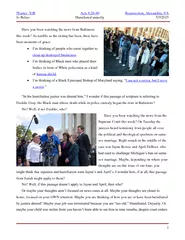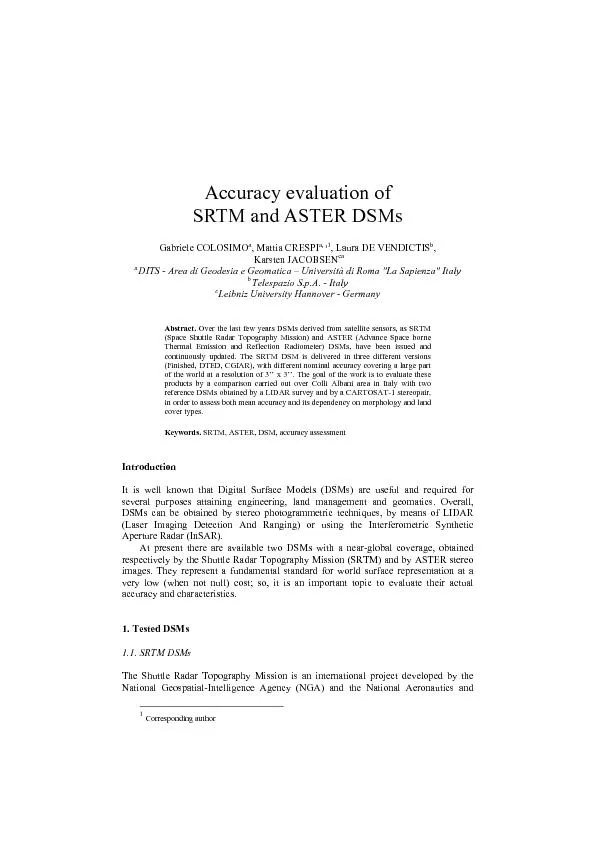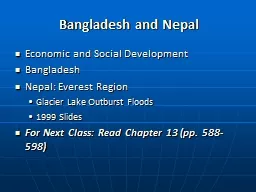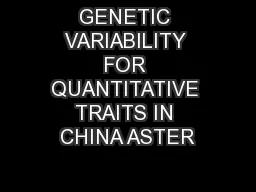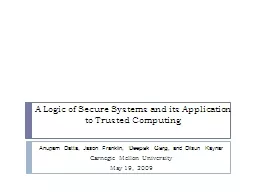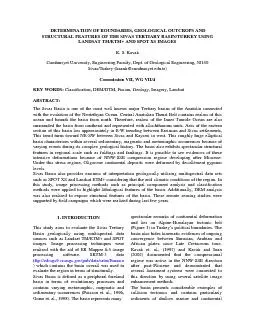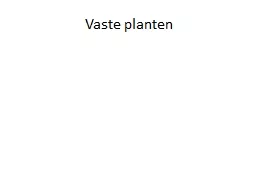PPT-SRTM Level-2, ASTER GDEM
Author : conchita-marotz | Published Date : 2015-12-06
Quality comparison Wm Matthew Cushing 18 February 2011 Sao Paulo Brazil US Geological Survey USGS Earth Resources Observation and Science EROS Center ASTER GDEM
Presentation Embed Code
Download Presentation
Download Presentation The PPT/PDF document "SRTM Level-2, ASTER GDEM" is the property of its rightful owner. Permission is granted to download and print the materials on this website for personal, non-commercial use only, and to display it on your personal computer provided you do not modify the materials and that you retain all copyright notices contained in the materials. By downloading content from our website, you accept the terms of this agreement.
SRTM Level-2, ASTER GDEM: Transcript
Download Rules Of Document
"SRTM Level-2, ASTER GDEM"The content belongs to its owner. You may download and print it for personal use, without modification, and keep all copyright notices. By downloading, you agree to these terms.
Related Documents

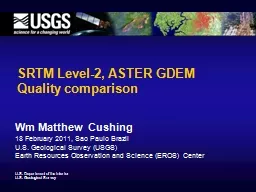
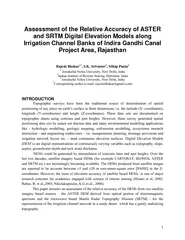

![Semifinalists for the Presidential Scholars Program April 2015[*]aster](https://thumbs.docslides.com/165617/semifinalists-for-the-presidential-scholars-program-april-20.jpg)
